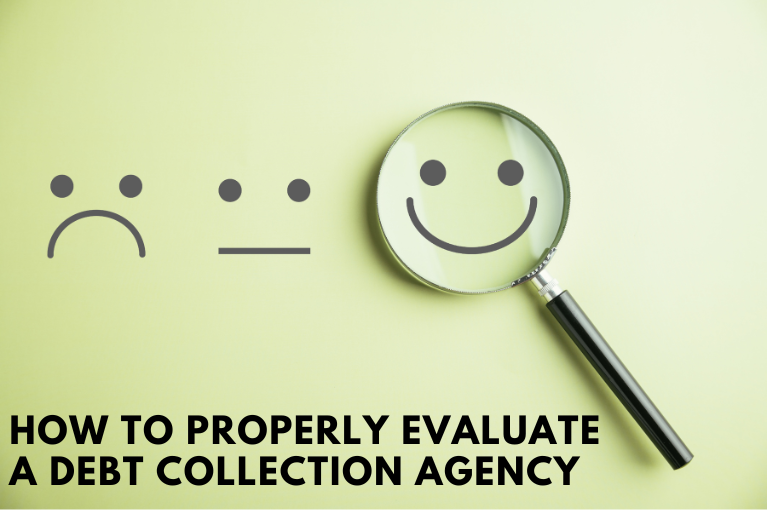If your business is like most businesses that extend credit to their customers, you have probably defined a certain period of time that you allow late or delinquent accounts to sit on your books before you forward those accounts to a commercial debt collection agency. Most businesses determine which accounts to send to collections strictly based on that fixed timetable, but what if there was a better way?
Instead of using the same fixed time period for every account, what if you used a more flexible timetable that adjusted based on the level of risk each client represented to your business? If you could identify customers that represent a higher risk level and get those late or delinquent accounts to collections sooner, you would probably have a better chance of recouping the money owed to you than if you waited for the standard time period.
Advantages of This New Model
When it comes to bad debt collection, it is no secret that time is money. Every day that passes makes the odds of ever collecting what you are owed exponentially worse. Any model that gets your delinquent accounts into the hands of a debt collector faster is surely going to increase the odds that you will actually be able to collect.
This concept will also improve your collection rates on your accounts that represent the most risk. That means that you will be able to recoup more money from the group of accounts that you were actually least likely to ever receive any type of payment from.
Defining Your Risky Customers
In order to put this flexible timetable in place, you will need to have a way to define the level of risk that each of your customers represents. There are a number of ways that you can do this, and the best way for your business might be different from the best way for another business. You know your customers best, so take some time and think about which ones represent the biggest risk and how you could quantify that.
For many businesses, a good way to define the risk a customer represents would be to identify the number of times a customer is late making a scheduled payment. Customers that are consistently late on payments would clearly be riskier than customers that are always on time.
Other signs that a customer might represent a higher level of risk would be making partial payments instead of the full scheduled amount, or customers who dispute their statements, your prices, or the quality of the product or service you delivered.
Automating the New Model
Once you have defined how you plan to identify the level of risk a customer represents, you can then streamline your new model even further by automating it to make sure that your commercial debt collection agency received the account as soon as the account crosses the particular time threshold that applies to the customer.
Whatever type of system you use to keep track of your accounts can almost certainly be configured to alert you on the exact day that an account crosses a predefined threshold, and you can probably set your software to automatically email all of the necessary information straight to your collection agency, completely removing you from the process.
Even if you don’t go all the way to the automated process, simply making sure that you get your accounts that represent the most risk to collections sooner will go along way towards improving your debt recovery process. At the end of the day, that means more money flowing back into your pockets.






